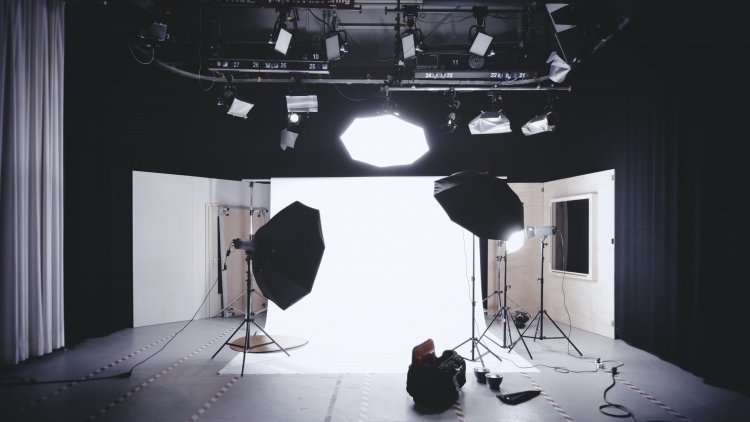Photographic Lighting Techniques
To make your prints look professional, you'll need a few talents. Lighting is one aspect of making a print professional. Lighting in photography necessitates some forethought and knowledge of a few approaches. If the right light isn't used to laminate the area, your best subject or object might not turn out that way. Here are a few pointers on how to use light in photography.

To make your prints look professional, you'll need a few talents. Lighting is one aspect of making a print professional. Lighting in photography necessitates some forethought and knowledge of a few approaches. If the right light isn't used to laminate the area, your best subject or object might not turn out that way. Here are a few pointers on how to use light in photography.
You must first select whether you will use artificial or natural light. When working with sunlight, the Kelvin scale is used to calculate the temperature of light and thus the color of light. Maintaining the colors you see around you is dependent on the color of light. For example, the warmer the light, the redder the light will be, therefore you may need to plan your photo shoot around that time. Outdoor illumination allows you to snap images at a variety of times depending on your needs.
After that, a photographer must comprehend the color scale of the sun. Pictures tend to elicit particular emotions in the viewer; often, softer colors elicit greater emotion. Understanding how the sun affects the colors can assist you in determining the best time of day. In the morning, the sun suggests blue tones, but closer to midday, the sun evokes more neutral hues. The neutral hues may detract from the definition you desire in your print. Knowing how you want to shoot the photo will also help you figure out when you want to take it.
When working with natural light, you must consider the angle and direction of the sun. If the sunshine is broad and diffused, the shadows will be softer, yet the more narrowly focused the light is, the more shadows you may make. When the sun is in the middle of its arc at midday, the subject loses definition. It's possible that the subject will appear blurry. This is why shadows are employed; when used appropriately, shadows can improve the quality of a print. This enhances the brilliance of your photographs.
Certain approaches can also be used to alter sunlight. When taking photographs outside, you'll need to utilize a background to soften the light. You can want for a breathtaking scenery to add to the photo's composition. If the sun is obstructing your or your subject's vision, you may need to block it. To fill the shadows, you might also bring in a white surface. Landscape photography needs less effort than portrait photography with natural light. In fact, employing natural light for landscape photography without any adjustments can produce better results.
Natural light and shadows are used in landscape photography. This is why you must be familiar with the light and temperature scales. The most crucial part of utilising sunshine is time. To comprehend natural lighting, you must first comprehend the effects of the sun at various times of the day. If you're in a densely vegetated forest, for example, sunlight will be tough to come through unless it's above your head. In the forest, you'll have natural shadows, and remember that you can shift your subject around to get the ideal angle with the sun.
Photography is an art form that necessitates knowledge and practice. Lighting is an important aspect of photography, particularly when using natural light. Depending on the time of day, sunlight might cast a lot of shadows or cast none at all. The angle of the sun determines the optimal moment to snap a shot. When properly done, photography is an intriguing pastime and profession that will provide you with lots of prints for your house and others.
Whether you're a professional or a beginner photographer, you want to take beautiful photographs with the right lighting. With this in mind, choose your lighting based on your requirements as well as the requirements of your topic or object. When you choose the best lighting situation, your photos will be bright and beautiful.










